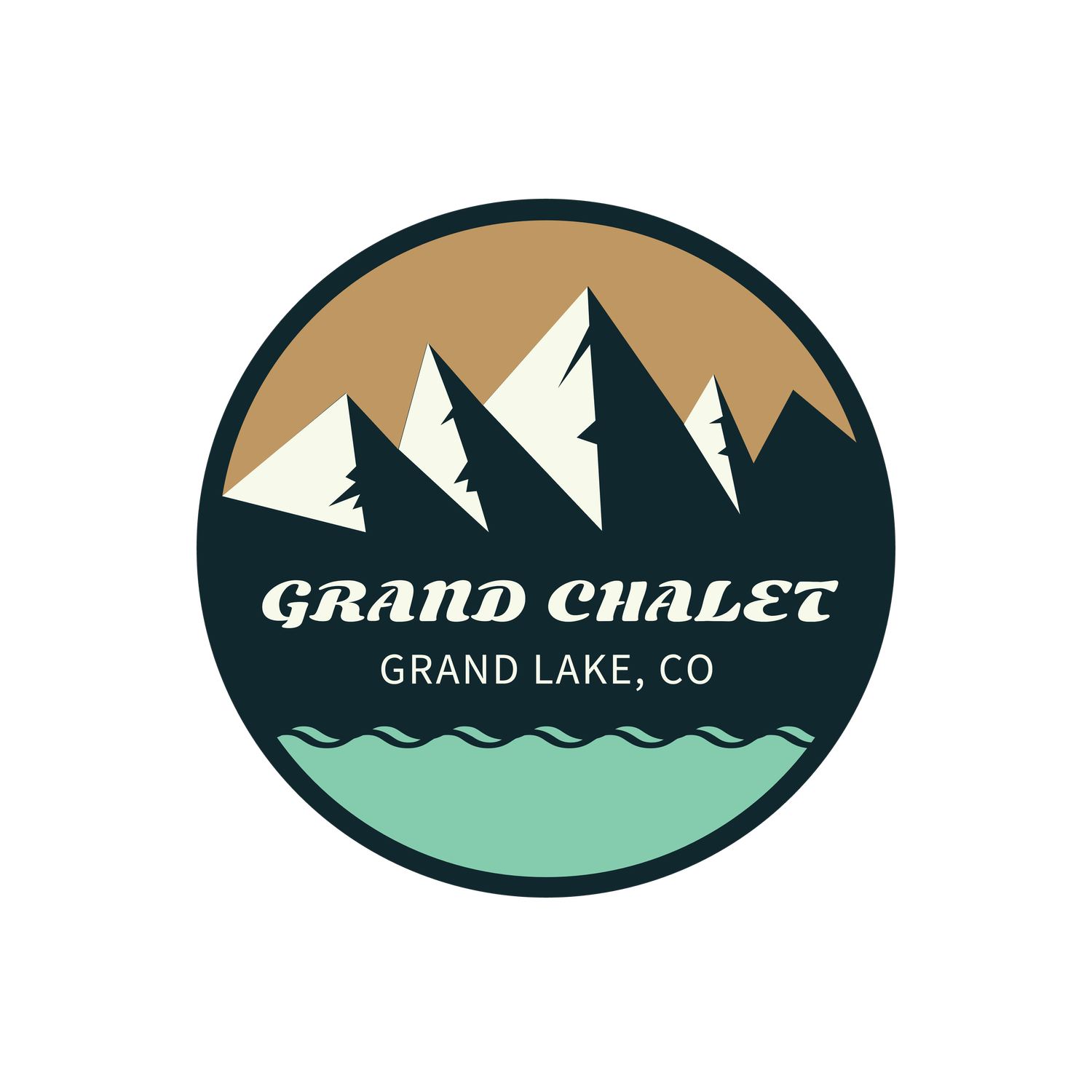What Do You Need to Travel to Colorado? A Complete Guide
If you’re planning a trip to Colorado, you’re in for a treat. The state is famous for its breathtaking mountains, vibrant cities, and endless outdoor adventures. Whether you’re visiting Denver’s cultural hotspots, skiing in the Rockies, or hiking in Rocky Mountain National Park, it’s important to be well-prepared. Here’s everything you need to know before heading to the Centennial State.
1. Travel Documents & Requirements
Domestic Travelers
If you’re traveling to Colorado from within the United States, you don’t need anything special beyond a valid government-issued ID. However, starting May 7, 2025, you will need a REAL ID-compliant driver’s license or passport to board domestic flights.
International Travelers
Visitors from outside the U.S. need a valid passport and, in some cases, a visa. If you’re from a Visa Waiver Program (VWP) country, you’ll need to apply for an ESTA (Electronic System for Travel Authorization) before flying.
2. Transportation: How to Get to & Around Colorado
Flying to Colorado
Denver International Airport (DIA) is the largest airport in the state, offering numerous domestic and international flights. Other regional airports include:
Colorado Springs Airport (COS) – great for Southern Colorado access.
Eagle County Airport (EGE) – ideal for ski resorts like Vail and Beaver Creek.
Aspen/Pitkin County Airport (ASE) – for those heading directly to Aspen.
Getting Around
Car Rental: The best option for exploring the mountains and national parks.
Public Transit: Denver has a light rail and bus system, but outside the metro area, public transportation is limited.
Shuttle Services: Many ski towns have shuttles from DIA.
3. Packing Essentials for Colorado
Colorado’s weather is unpredictable, and temperatures can swing dramatically. Here’s what to bring:
Year-Round Essentials
✔ Layered clothing: Weather can change quickly, even in summer.
✔ Comfortable hiking shoes: Whether you’re walking in the city or hiking a trail, sturdy shoes are a must.
✔ Sunscreen & sunglasses: Colorado has 300+ sunny days a year, and the higher altitude makes UV rays stronger.
✔ Water bottle: The air is dry, and dehydration happens fast.
Seasonal Packing
☀ Summer (June – August)
Lightweight clothing, but always bring a jacket for cool evenings.
Swimsuit if you’re visiting hot springs or lakes.
🍂 Fall (September – November)
A warm jacket for chilly mornings and evenings.
Layers, since daytime can still be warm.
❄ Winter (December – March)
Insulated, waterproof gear for skiing or snowboarding.
Snow boots, gloves, and a hat to stay warm.
🌸 Spring (April – May)
A mix of warm and cool clothing since temperatures vary.
Rain jacket for occasional spring showers.
4. Altitude Considerations & Health Tips
Colorado’s high elevation can affect travelers, especially if you’re coming from sea level. Here’s how to avoid altitude sickness:
Stay hydrated: Drink plenty of water before and during your trip.
Take it easy the first day: Avoid intense activities until your body adjusts.
Pack chapstick & lotion: The dry climate can be tough on your skin.
If you’re heading above 8,000 feet, such as Breckenridge or Telluride, altitude sickness is more common. Consider taking ibuprofen or altitude sickness medication if you feel symptoms like headaches or dizziness.
5. Adventure Gear for Outdoor Activities
If you plan on hiking, skiing, or camping, make sure you bring:
Daypack for hikes
Bear spray (for backcountry trips)
Microspikes (for winter hikes)
Camping gear if staying outdoors
For skiers and snowboarders, renting equipment at the resort is often easier than bringing your own.
6. Money & Budgeting
While major credit cards are widely accepted, some mountain towns and small shops may prefer cash. ATMs are available, but bring extra cash if you’re traveling to remote areas.
Budget considerations:
💰 National park entrance fee: $30 per vehicle
💰 Ski lift tickets: $100–$250 per day
💰 Hotels: $100–$500 per night (depending on location & season)
If you plan to visit multiple national parks, consider buying an America the Beautiful Pass ($80) for unlimited access to all U.S. national parks.
7. Emergency & Safety Tips
Weather awareness: Check the forecast before heading out, especially in winter when snowstorms can impact travel.
Wildlife precautions: Never feed or approach wild animals, especially moose and bears.
Road conditions: If you’re driving in winter, check COtrip.org for road closures and snow conditions.
Final Thoughts
Traveling to Colorado is an unforgettable experience, but proper planning ensures a smooth trip. Whether you’re coming for the stunning landscapes, outdoor activities, or vibrant city life, knowing what to pack and prepare for will help you make the most of your adventure.

